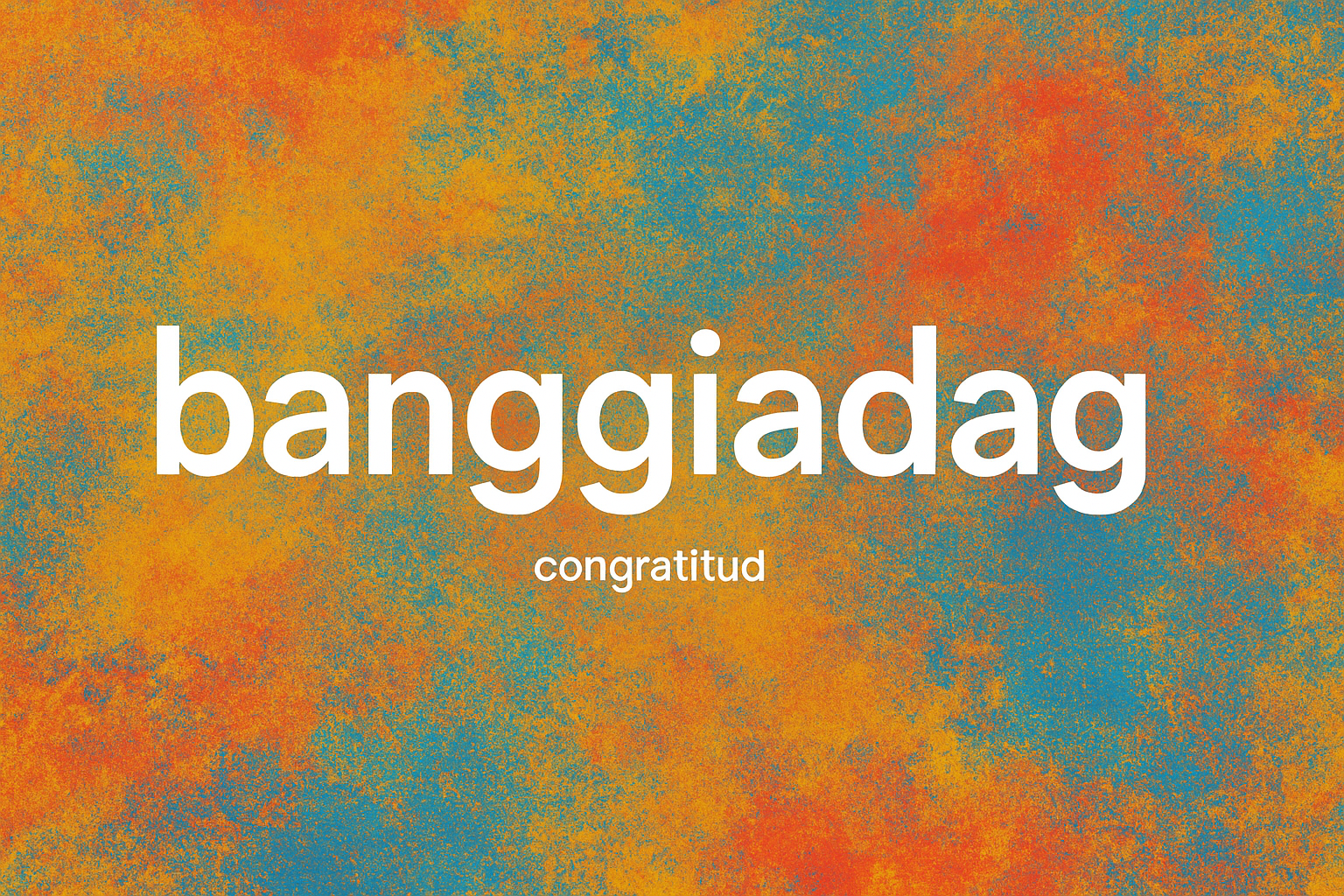The term banggiadag has steadily gained attention across different fields, from economic forecasting to community-focused digital systems. It represents more than just a buzzword—it signals an evolving trend that ties together data analysis, decentralized value systems, and emerging social traditions. In this article, we’ll explore what banggiadagmeans, how it’s being used in current sectors, and why it’s becoming a topic of interest for both analysts and communities alike.
What Is Banggiadag?
At its core, banggiadag refers to a concept that merges technology-driven valuation models with organic, community-centered systems. It is often interpreted in two major ways: as a digital protocol that analyzes market behavior and as a cultural system that values shared experience and collective input. These dual interpretations make banggiadag a versatile idea, applicable across both modern technological platforms and cultural movements.
Banggiadag in Modern Economic Systems
In the world of finance and digital economics, banggiadag functions as a kind of intelligent market layer. It analyzes variables such as pricing, volume trends, and public sentiment to create actionable insight for traders, producers, and supply chain managers. Unlike traditional models that depend solely on monetary value or historical data, banggiadagintegrates real-time behavioral signals from communities or user groups to provide better accuracy.
Because of this, it’s been seen as a useful tool in the development of peer-curated pricing systems. These systems reduce reliance on centralized valuation methods and allow individual users or groups to determine what a good or service is worth through collective participation. This makes banggiadag especially relevant in Web3 environments where decentralization and transparency are essential.
Cultural Relevance and Community Use
Outside of technical circles, banggiadag has a surprising cultural dimension. In some regions and communities, it also represents a traditional gathering or festival-like concept, where people share music, storytelling, craftsmanship, and food. These events are symbolic, often used to pass knowledge between generations and build collective identity.
This dual meaning—both economic and cultural—allows banggiadag to stand out as more than a data model or software layer. It becomes a living system, blending metrics with memory, analytics with atmosphere. That’s why some community-led innovation hubs are using the term banggiadag to describe projects that bring together tech development and local storytelling.
The Rise of Peer-Curated Marketplaces
A growing trend in digital commerce is the rise of peer-curated marketplaces. These platforms depend on participant behavior rather than centralized decision-making. Here, banggiadag is seen as a framework for maintaining fairness and relevance in markets where trust, reputation, and contribution replace simple pricing models.
For example, creators on certain digital platforms are using banggiadag protocols to allow their audiences to vote on what content is valuable or what prices are fair. This helps avoid manipulation or bias while also giving users more control. These kinds of systems benefit freelancers, artists, educators, and independent product developers who may be overlooked in traditional valuation models.
Banggiadag and Artificial Intelligence
Although banggiadag is not solely about AI, many of its implementations rely on artificial intelligence to process complex datasets quickly. AI models help interpret user engagement, dynamic pricing, and emotional sentiment. However, the beauty of banggiadag lies in the balance between human decision-making and automated processing.
The goal is not to remove the human touch, but to use technology to amplify it. In fact, developers stress that any system using banggiadag should keep people at the center—whether they’re curating content, offering services, or contributing insight to community projects.
Real-World Applications of Banggiadag
From agriculture to urban development, the banggiadag concept is finding practical use cases:
- E-commerce platforms use it to predict pricing shifts and customize offerings.
- Urban planners consider it for participatory budgeting and public feedback.
- Educational projects integrate it to evaluate student-driven value contributions.
- Local trade groups use it to set prices based on community feedback, not just cost or profit margin.
By giving voice to people traditionally left out of economic forecasting or decision-making, banggiadag systems promote fairness, transparency, and inclusivity.
The Ethical Challenge and Future of Banggiadag
With innovation comes responsibility. As banggiadag spreads into new sectors, questions arise about data ethics, privacy, and manipulation. While the system encourages transparency, it can also be misused if algorithms are biased or data is poorly sourced.
The future of banggiadag will depend on how these challenges are addressed. Developers, communities, and policymakers must work together to ensure that implementations serve the public good. Done right, banggiadag could transform not only how we trade or interact but also how we build trust in systems—online and offline.
Conclusion
The evolution of banggiadag shows that the boundaries between technology, culture, and economics are becoming increasingly blurred. It is both a tool for advanced data-driven systems and a symbol of shared human experience. As the digital world continues to shift toward transparency and decentralization, concepts like banggiadag will likely shape how we define value, trust, and participation.
Whether you are a tech developer, a cultural historian, or simply someone interested in the future of shared systems, the study of banggiadag offers valuable insights into a more cooperative, intelligent, and inclusive world.
FAQs about Banggiadag
1. What does banggiadag mean?
Banggiadag refers to a modern system of value exchange, blending economic metrics with community-based insights and participation.
2. Is banggiadag a technology or a tradition?
It can be both. In digital environments, it works as a protocol or model. In communities, it can also reflect cultural practices of shared decision-making.
3. How is banggiadag used in business?
Businesses use banggiadag to enhance pricing strategies, forecast market changes, and involve customers in value assessment.
4. Is banggiadag based on AI?
While it uses AI for data processing, banggiadag emphasizes human participation and ethical transparency over full automation.
5. Why is banggiadag becoming popular?
Its flexibility and fairness attract attention in fields that seek to merge community, culture, and commerce in meaningful ways.


